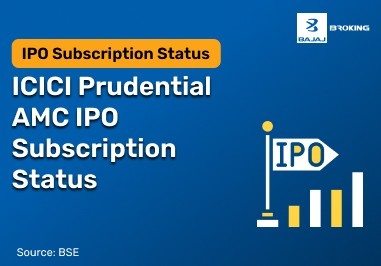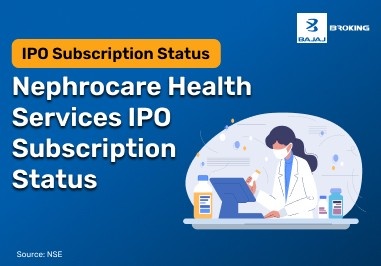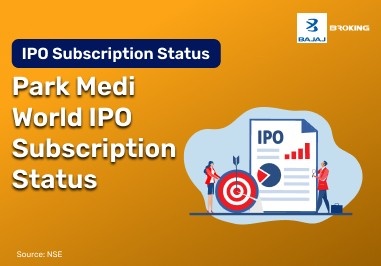The 7th Pay Commission in India has introduced new leave rules for Central Government employees, which came into effect on January 1, 2023. These rules aim to provide a comprehensive framework for commuted leave and related benefits for government employees.
Explaining CL Leave Full Form
The full form of CL is Casual Leave. It is a type of paid leave granted to an employee, which can be applied during an unexpected situation or an unforeseen event that occurs without any prior plans. Employees mostly use casual leaves for personal matters where they can take a day or two off from work. It is usually available after the end of the probation period. The commuted leave policies and guidelines for casual leave vary from state to state, and it is one of the many kinds of leaves regularly granted in India, along with earned and sick leaves. The number of casual leave days and the rules for availing them depend on the employer, the sector, and the state’s regulations.
Additional Read: 7th Central Pay Commission Interest-free Advances
Explaining Earned Leave Rules
In India, government employees are entitled to earned leave (EL) as part of their leave benefits. According to the Central Civil Services (Leave) Rules, 1972, government servants are credited with earned leave at the rate of 2.5 days for each completed calendar month of service. Currently, civilian employees are granted 30 days of earned leave per year, while defence personnel receive 60 days. Earned leave can be combined with other types of leave and can also be taken for reasons such as medical grounds and private affairs. The maximum amount of earned leave that may be granted on any single occasion is 300 days, and it can be encashed under certain conditions. Sabbatical leave is also available for faculty members after six years of continuous service. The earned leave rules also specify different provisions for earned leave if it is to be spent outside India or in the case of retirement or resignation.
For more details, you can refer to the Central Civil Services (Leave) Rules, 1972 and the specific guidelines provided by the government departments or ministries that govern the leave entitlements for government employees.
Additional Read: Investment-Proof Submission Documents for Income Tax
What is Leave Travel Allowance
The 7th Pay Commission in India has recommended a leave system for Central Government employees, which includes various types of holidays and leave allowances. Central Government officers have 104 days of holidays in a year due to the five-day work week. In addition to three National Holidays, employees are entitled to 14 Gazetted Holidays and two Restricted Holidays every year. Gazetted Holidays are divided into 11 holidays observed throughout India and three holidays decided locally. Employees can choose any two holidays from the list of Restricted Holidays. The Commission has recommended maintaining the status quo for the holiday system, and civilian government employees are entitled to various types of leave, including Casual Leave, Half Pay Leave, and Earned Leave.
Additional Read: 7Th Cpc Children Education Allowance
Key Aspects Of The 7th Pay Commission Leave Rules
1. Annual Leave: Central Government employees are entitled to 104 holidays annually, as they have a 5-day working week. Additionally, they are provided with three National holidays, two restricted holidays, and fourteen gazetted holidays.
2. Maternity Leave: As per the CCL leave rules in the 7th Pay Commission, Central Government allots a maximum time of 2 years (730 days) to female Central Government employees to take maternity leave.
3. Special Casual Leave (SCL): SCL is granted to employees in certain situations, such as organ donation. Employees can apply for SCL when no other type of leave is available, or if they have applied for Extra-Ordinary Leave in writing. Note that SCL does not impact the total leave account, and employees do not receive a salary for requesting such leave.
4. Casual Leave: Central Government servants are entitled to 8 days of casual leave in a calendar year, as per the instructions issued by the Government of India.
Additional Read: 7th Central Pay Commission Cpc Fitment Table
Eligibility For Leave Travel Allowance (LTA)
To be eligible for claiming the 7th Pay Commission Leave Travel Allowance (LTA) in India, the following criteria must be met:
- LTA can only be claimed on actual travel costs, and all mediums of travel, i.e., road, rail, or air, are claimable.
- The employee must submit valid proof of cost to claim the LTA.
- LTA can only be claimed on domestic travel expenses within India.
- The tax exemption benefits are available only on the actual travel expenses incurred on rail, road, or air fares.
- The exemption is limited to the LTA provided by the employer, and no expenses such as local conveyance, sightseeing, hotel accommodation, or food are eligible for the exemption.
- LTA can be claimed for any two years in a block of four years.
Employees need to submit proof of travel, such as tickets, to claim LTA. The LTA is exempted up to a certain limit while assessing income from salaries, and the remaining amount is taxable according to the income tax slab.
Additional Read: 7th Pay Commission: House Building Advance Interest Rate
In Conclusion
As per the 7th Pay Commission leave rules, Central Government employees are entitled to 30 days of earned leave, 20 days of half pay leave, and 8 days of casual leave. In addition, there are 19 holidays, including 3 national holidays, 2 restricted holidays, and 14 gazetted holidays. Casual leave can be used for personal work, and employees can take up to 8 days of casual leave per year. Central Government employees can also apply for extraordinary leave when no other type of leave is available, but they will not receive a salary during this time. The 7th Pay Commission has recommended various leave-related rules, including the restoration of 10 days of earned leave for vocational staff.
Additional Read: 7th Pay Commission Allowances & Pay Scales PBOR of Armed Forces
Disclaimer: Investments in the securities market are subject to market risk, read all related documents carefully before investing.
This content is for educational purposes only.For Detailed Disclaimers Click Here: https://bit.ly/3Tcsfuc














